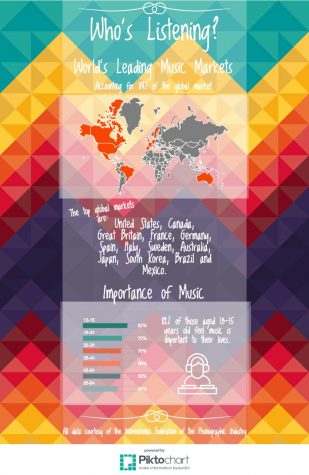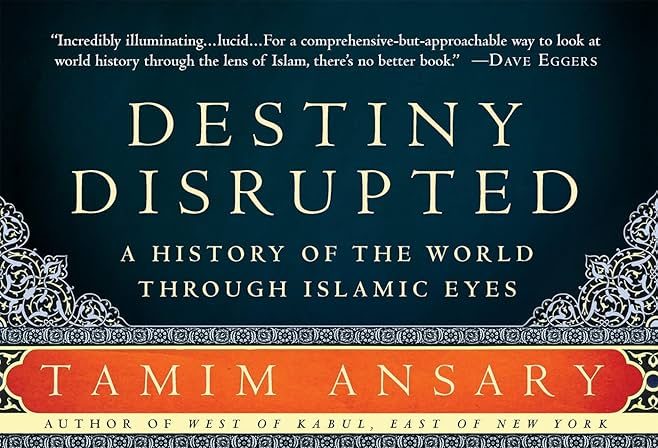Considering the average American listens to four hours of music daily, it’s no surprise the music industry has seen an ever-steady increase in its celebrity. However, listeners still overlook their role as the primary sponsors of a global mega-market.
According to the International Federation of the Phonographic Industry (IFPI), 2015 displayed steady growth for the music industry. Up roughly 3 percent from 2014, music contributed 15 billion dollars in revenue to the United States economy, despite the continued decline of physical album sales.
Maintaining a mixed-format structure, the record industry has the unique ability to soften the blow of economic hardships on its overall revenue. Offering consumers an array of consumption methods including streaming, digital downloads, physical albums and vinyl LPs– music is always available at various prices suitable for nearly all budgets.
This advantage intensified as digital music was crowned as the industry’s premiere revenue generator, boasting 45 percent of music’s global revenue in comparison to a decade long drop in physical sales. While this is an impressive feat, it’s safe to assume that digital dominance is somewhat attributed to the momentous rise of streaming popularity.
In the United States alone, music streaming has increased a whopping 93 percent in one year. Although not all is quiet on the creative front surrounding the streaming payout controversy, it’s important to note that nearly 82 percent of consumers who stream music also purchase their most frequented tunes in alternative formats (either digitally or physically), according to IFPI.
As consumers turn to streaming, songwriters, performers and record labels can expect to see a more consistent source of income. In the early days of music digitalization, piracy loomed large while consumers continually disregarded licensed music. Not only did this constitute robbery from the industry as a whole, but the impact of piracy on songwriters was unimaginable, as they rely heavily on royalties generated from these licenses.
Although music piracy still plagues today’s record industry, the future is hopeful as the IFPI concludes that 71 percent of consumers aged 16-64 years old are accessing licensed digital music. This figure receives even greater optimism as nearly 82 percent of those aged 13-15 years old engage with licensed music as well.
Additionally, music aficionados have inspired the industry’s prosperity with the palms of their hands, or at least those palms which clench smartphones. These devices look to overtake computers as the most used avenue for music consumption in the near future. Here, the United States is responsible for the greatest increase in listening via smartphones with a 29 percent jump from 2014.
While the volume of recorded music consumption continues to rise, so do concerns surrounding the value gap– or the manner in which industry income doesn’t quite reflect the mass influx of listeners. Industry pundits are hopeful that consumers’ affinity with paid streaming will even the score and propel the industry forward one play at a time.

Rylee Pedotti can be reached at [email protected] or @theorion_arts on Twitter.








